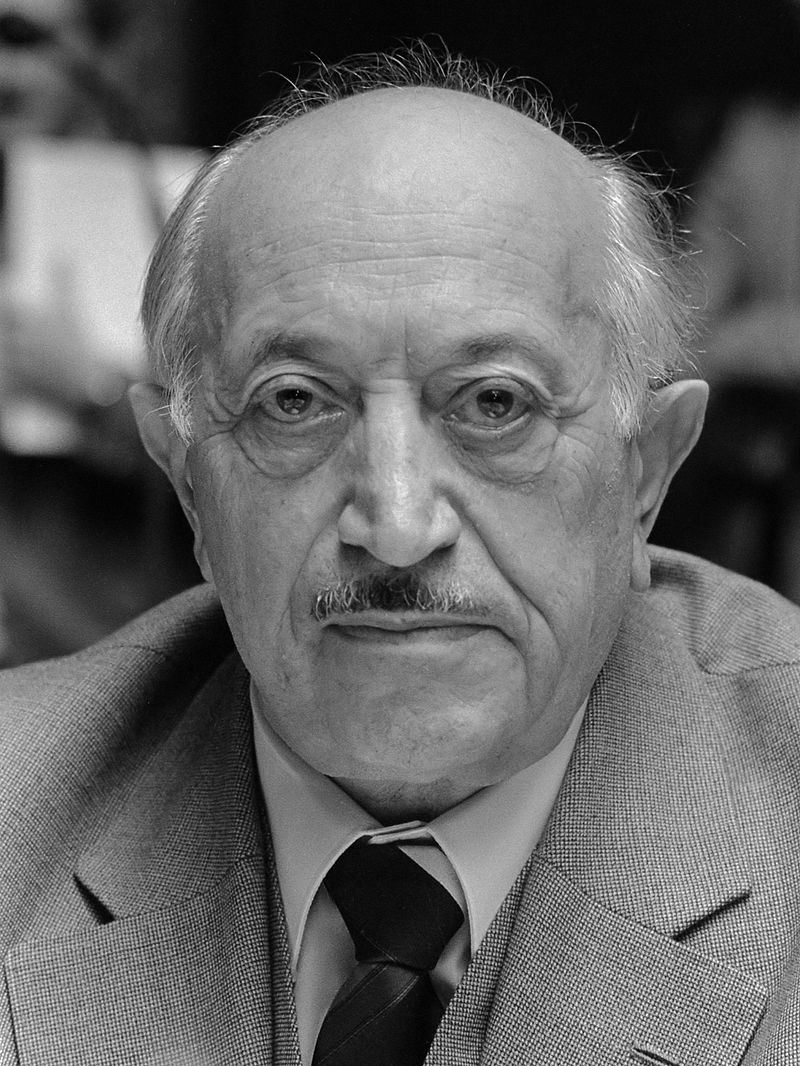Simon Wiesenthal was an internationally renowned tracker of German war criminals. He was born on 31 December 1908 in Buczacz, a Polish town with a large Jewish community (now in Ukraine). After finishing grammar school there, he studied in Prague in the Czech Republic, but after graduating he settled in Lwów (today’s Lviv), where he founded an architectural firm where he worked together with his wife Cyla Müller.
After the Soviet Union attacked Poland and Lwów was annexed to the USSR, Wiesenthal was deprived of his company and began working as a labourer in a spring factory. After Lwów was occupied by the Germans in 1941, Wiesenthal was sent to a labour camp on Janowska Street. From there he was taken to work in the railway workshops. He managed to avoid deportation to the Bełżec death camp after the liquidation of the Lwów ghetto by the Germans in 1942, when most of his family died. His wife managed to survive because she left for Warsaw with the help of the Polish underground.
Wiesenthal went through several concentration camps, including Gross-Rosen, Buchenwald and Mauthausen. He was liberated on 5 May 1945 by American troops. After a period of convalescence, he started collecting documentation on German crimes. The materials were used in criminal trials.
Wiesenthal headed the Central Jewish Committee, established in the American occupation zone in Austria. He was also the founder of the Jewish Historical Documentation Centre in Linz, which collected evidence used in the trials of Nazi criminals. The documentation was donated to the Yad Vashem Institute.
Wiesenthal continually collected and analysed information, which was then passed on to the relevant institutions. The search led in 1960 to the discovery and capture of a high official of the Third Reich, Adolf Eichmann. The Jewish Documentation Centre contributed to the tracking down of many criminals responsible for mass murders, including Karl Silberbauer, Franz Stangel, Franz Murer, Hermine Ryan. In total, the institution collected information on around 90,000 people. In 1967, Wiesenthal published a book “Doch die Mörder leben” (“However, the murderers are alive”).
He died in 2005 in Vienna and was buried in the Israeli city of Herzliyya.





